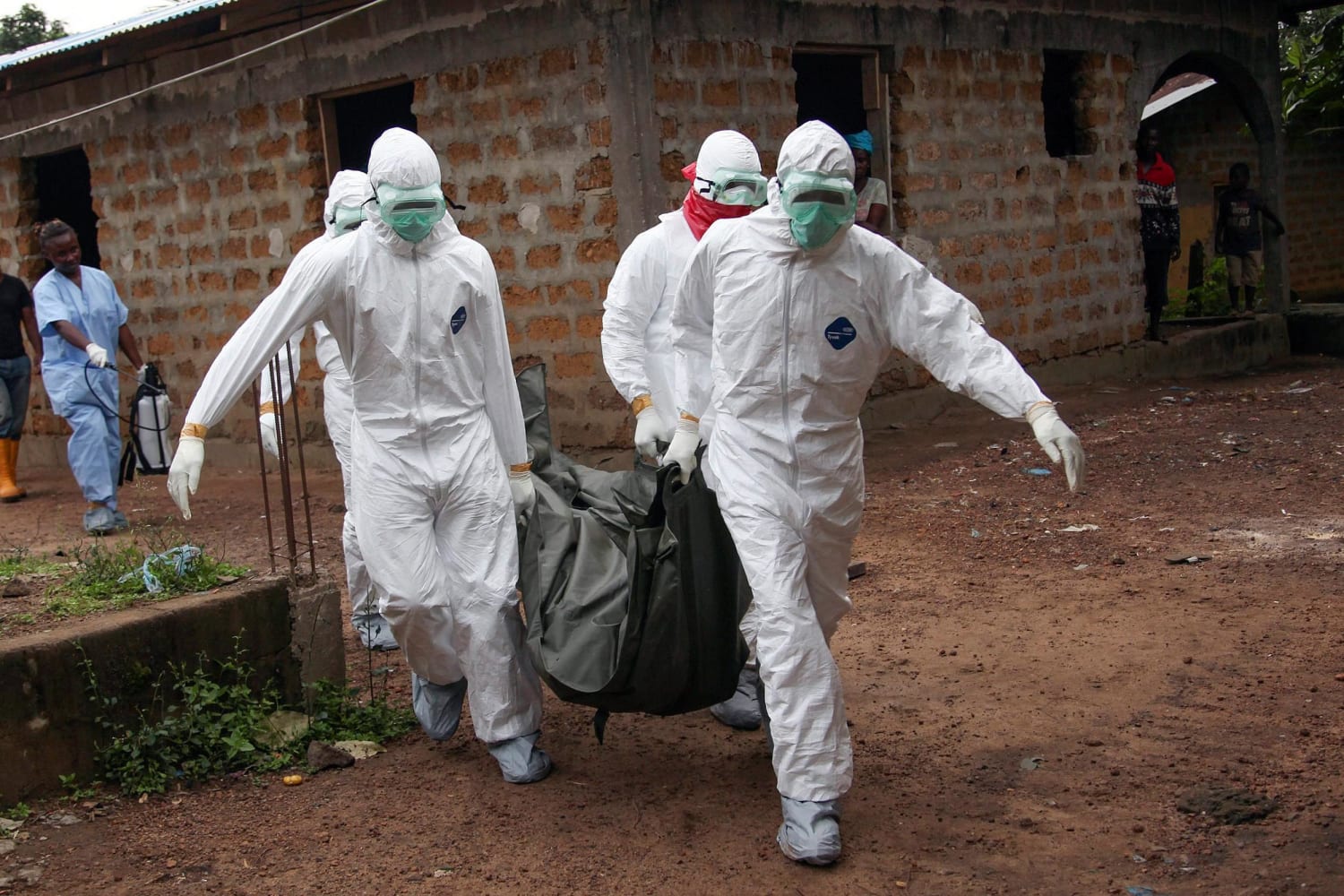
Situation: There is a virus that is deadly to 60% – 90% of the people infected with it. It spreads quickly and becomes transmittable before there are serious signs of infection. The virus is spread through bodily fluids which means those caring for the sick are most likely to get it (i.e. parents, close friends and family). The incubation period is long enough that most people do not realize they are spreading an outbreak. The rules to prevent the outbreak fly in the face of core cultural values. The tension between the rules and upholding ingrained culture has sparked violence, perpetuating fear and the breakdown of societal norms and economic support. Social stigmatism has caused the carriers of the virus to deny being sick because the fear of rejection for their whole family. The social rejection means complete isolation and possible starvation for anyone who is associated with the virus, even if they are not sick. Fear has polarized people’s opinions. Some deny the existence of the virus and say it is a ploy to manipulate people. Others say it is real and are fighting a seemingly impossible battle against it. The clashes between the two viewpoints have proven to be violent and at time deadly.
Needed marketing solution: Communities need to believe the virus is real and take action through preventative measures and getting those infected to healthcare as early as possible. There needs to be support in communities so that quarantines are not the same as rejection.
I do not often associate marketing with humanitarian crisis, but the basic concept of marketing is motivating people to take action in a direction you or the organization finds favorable. This is exactly what is needed to help solve the Ebola crisis. The difference is not measured in millions of dollars profit, but in thousands of lives saved. The stakes are very high.
Earlier this semester my 541 section instructor, Dr. Nithya Muthuswamy, pointed me to the possibility of utilizing EPPM (Extended Parallel Processing Model) in communications during such a crisis. The theory, in very rough summary, deals with the tension between fear and hope. Motivating people to action is the goal and fear of the consequences is a great motivator. Yet in a situation of apparent hopelessness, the best methods for creating fearful awareness can perpetuate despair and plunge communities into even greater crisis. EPPM offers a solution in proposing the use of both awareness and hope.
The New Yorker ran an article titled, Ebola and the Culture Makers. In this article they highlight the use of EPPM as a strategy to motivate people to move toward help even if the chances of recovery are slim. The author writes: In Liberia, Jobbins told me, his local colleagues faced an initial wave of government sloganeering that amounted to “Ebola is real—if you get it, you’ll die!” The campaign, he said, sent “a terrible message, especially in a war-affected population where there is already so much fatalism.” The group offered up an alternative, as Jobbins remembers it: “How about, ‘Ebola is real, and if you seek treatment you have a fifty-per-cent chance of recovery?’ ” He added, “You have to hit that sweet spot of treating it seriously enough that people listen and act, but not so seriously that people become fatalistic.”
The article goes on to provide many different examples of ways the message is being spread. They are using platforms like soap operas (message placement through characters), trusted community members (peer influence), and musicians (pop culture). These are not areas I automatically think of when I think of crisis communication. There are also more traditional educational and community relief efforts being launched through partnering with religious organizations and leaders.
Although these channels have tremendous potential to shape the cultures of their communities, it has to be paired with hope. Without hope, there is no reason to act in a positive way. So fear and hope become the easily overlooked but natural combination to market action in crisis.

5 Responses to Get it and you’ll die!